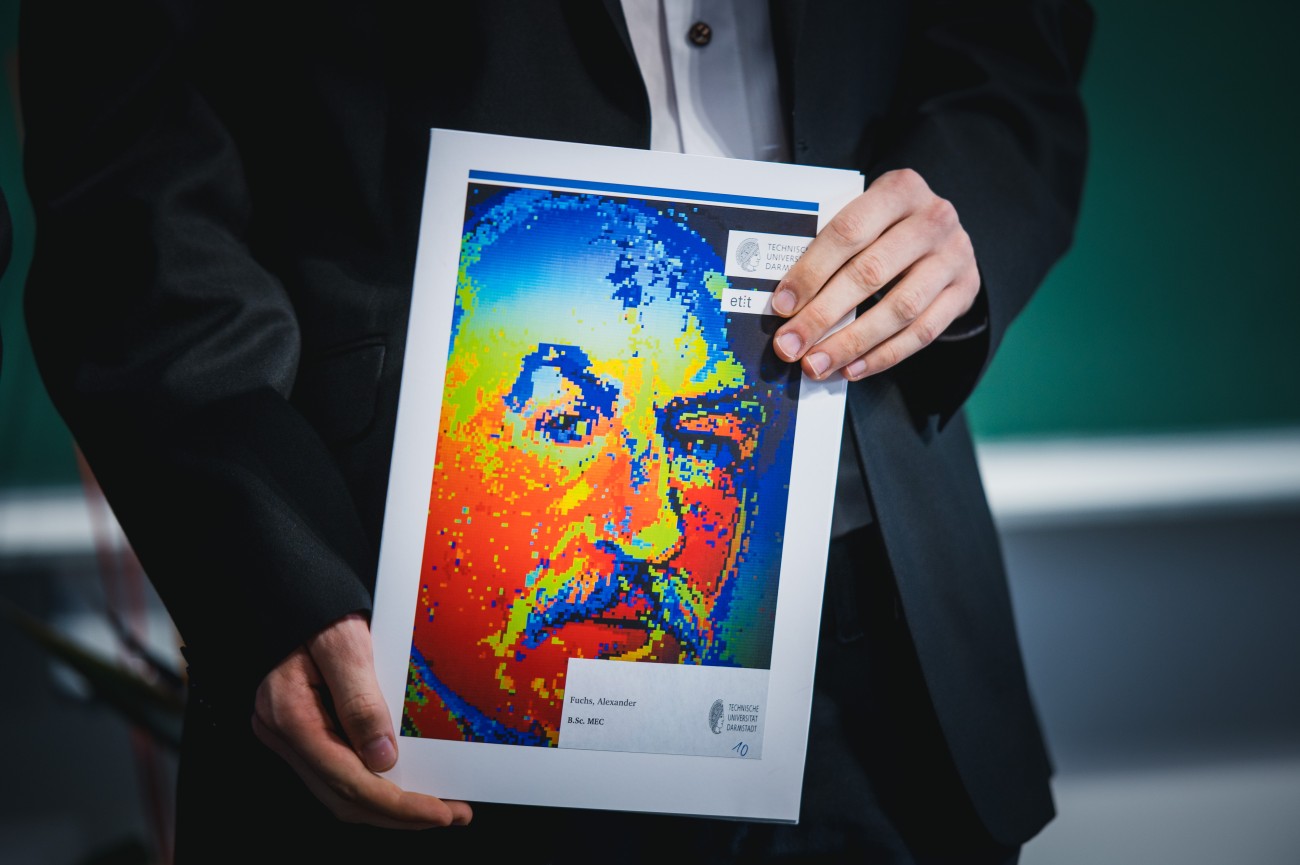Optimization of a 320kV Cable Joint Specimen During Steady State Operation
Masterarbeit, Hiwi Stelle, Bachelorarbeit
In the context of the green energy transition, efficient long-distance power transmission becomes increasingly important. The losses of extruded high voltage direct current (HVDC) systems are lower than those of high voltage alternating current systems and, hence, more and more HVDC systems are being deployed.
Cable joints connect cable segments, which are limited in length due to transport limitations. Cable joints are known to be the weakest part of HVDC systems as they are exposed to high internal field stresses. These stresses can be reduced by inserting a layer of so called field grading material (FGM), that features a strongly nonlinear conductivity. The FGM balances the electric field stress by becoming highly conductive in areas with high field strengths and, thus, shifting the voltage drop to less stressed areas. The aim of this work is to optimize the nonlinear conductivity of a 320kV HVDC cable joint specimen during steady state operation.




